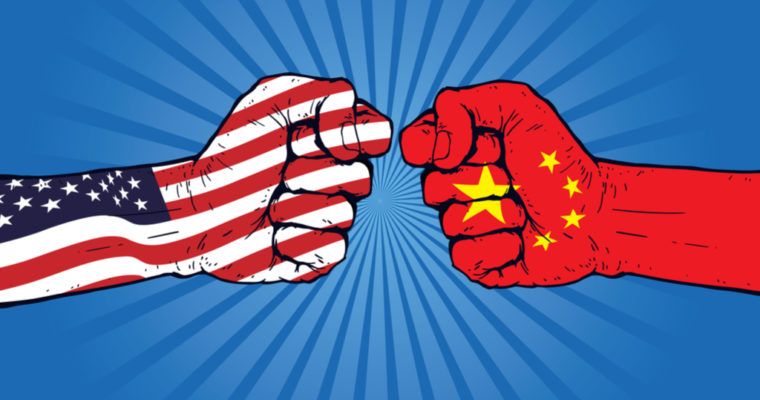US-China trade war – Predicting the unpredictable
June 7, 2019

In January I made a prediction on what would happen in March, namely: “… it will get better, … the new 25% tariffs will not be imposed and … previous tariffs will be reduced over time.”
Time for me to eat humble pie. Here we are in June, and after much delay, my prediction is completely off. You know what happened: Trump suddenly increased tariffs on $200 billion of goods to 25% and is now threatening to impose 25% tariffs on basically everything else being imported into the US from China or about $325 billion. The negotiations have stopped: in fact they have failed.
I don’t like to be wrong, so I spent some time reviewing the logic of my argument and I also studied various other opinions and prognostications in the media. In the process I discovered that (a) my logic was sound and (b) not many people ventured opinions on how this crisis would unfold.
Perhaps they were wiser than me: I guess there is no point making predictions about something so difficult to predict. On the other hand, people need to understand what is going on. It has been more than a year and all we have is uncertainty. No one seems to know where this is leading. Will we have 25% tariffs on an additional 325bn of goods from China? How long will this last? All we have is the proverbial fog of war…
We need clarity—people want to know. It is a major concern for a lot of people, not just for our clients, not just for China importers, but also for US manufacturers, retailers, and even stockbrokers. The very existence of some businesses depends on knowing where this is going, or at least on getting an understanding of where it may be going. Businessmen cannot plan in this kind of obscurity.
Going back to my January analysis I found that the rationale for both China and the US to make a deal—eventually—still holds true today. But my timing was off and my conclusion, namely that “common sense will prevail” was overly optimistic. So I want to double down and make a new prediction on the outcome of this trade dispute based on what I have learned and worked out during the last 4 months. But this time before I give you my prediction, I will first take you on my journey of discovery,I willshare with you my analysis and opinions on each of the complicated aspects of this dispute and how it affects the outcome. This way, you will understand the rationale better and you may draw your own conclusions.
And even if I am wrong again (this is highly unlikely), maybe you will have learned something of value to your business, and maybe you will have gained some clarity to help you navigate these tricky waters.
The plan is to address the following issues in a series of bi-weekly blogs:
- Definitions: What is the difference between a trade dispute and a trade war? Which one are we in now? Why does it matter?
- Why do we have a trade dispute?
- Origins and reasons.
- Why did each party agree to negotiate?
- Tactics for negotiations on both sides.
- Economics
- Politics
- Why did negotiations fail? Why did the trade war start?
- What is likely to happen next? What does this mean for importers? What can they do about it?
- Can this get back on track?
I hope you find this interesting and, as usual, I look forward to your feedback.
◊◊◊◊
